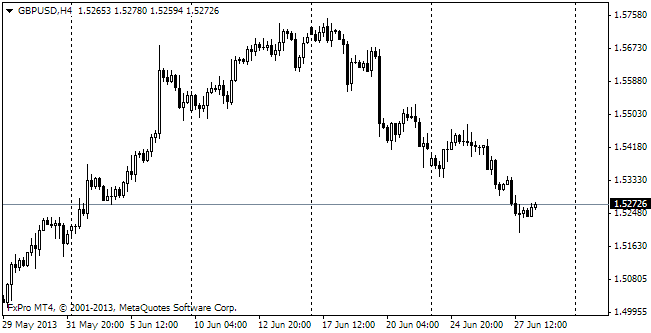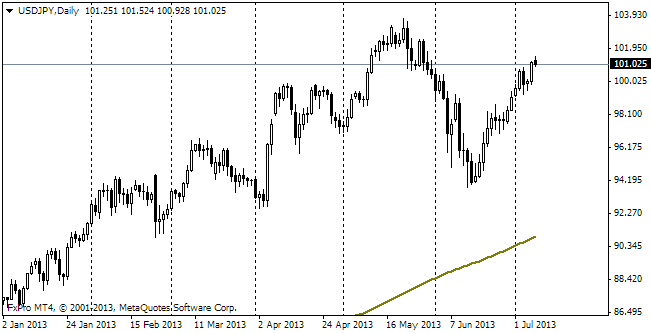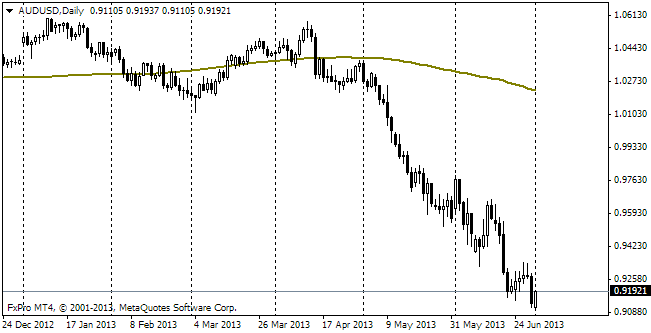EUR/usd
eurusd still looks as if it was nailed to 1.3520. Yet, to be more exact, there were attempts to bring the pair above 1.3550, but they proved to be futile. Earlier, when risk demand was directly correlating with the pair's performance, the increasing geopolitical risks put pressure on the euro until it caused growth of energy prices. However, now the divergence between the currency market and other asset classes looks more and more obvious. The convergence is observed only as far as the influence on the prospects of interest rates is concerned. The euro is not affected by the growth of geopolitical risks, so it is very unlikely that deterioration in the economy will let the ECB step on the gas pedal of fresh incentives. On the other hand, the current statistics are second-rate and as such are unable to help the markets identify with certainty whether the economy is accelerating. Today's US inflation statistics can be of greater help. Last week's producer prices surprised with their strength, which caused slowdown of the annual rate from 2.0% to 1.9%. Due to this the consumer inflation is expected to remain at 2.1% annually. However, to increase chances of earlier toughening of the monetary policy, there should be steady price acceleration. Another factor – strong employment – is already in the pocket. A certain risk is also posed by the housing market data. June's statistics are supposed to show moderate sales growth in the existing home market – close to 5bln annually. Meanwhile, last week the markets were unpleasantly surprised by the decrease in building permits by 4.2% instead of the expected growth by 3.2% and also by the sharper reduction in the number of housing starts – by 9.3%.
GBP/USD
The cable was again on the verge of downward breaking through 1.7050, and again it didn't have enough strength for a movement – there was no reason. The only remarkable thing about the country's statistics was decline in sellers' prices by 0.8% in July and slowdown of the annual inflation from 7.7% to 6.5%. On Tuesday all attention will be focused on the public finances and CBI's surveys. These data may give us a surprise, but will hardly have enough potential to leave the moderately downward corridor, seen in the charts for two weeks in a row. By the end of the day its bounds will be at 1.7035 and 1.7125.

USD/JPY
usdjpy is still being supported at the area of local lows, i.e. below 101.20. Actually, after the short-term movement beyond the range, traders again prefer trading within the range, which can last for some more time. In this case the most possible scenario for the near future is an upward movement towards 102.70.

AUD/USD
Just like other currencies, the aussie remains at the traded levels. Yet, unlike the EU currencies, which run the risk of getting under the lower bound of the recent channels, the Asian ones, including the Aussie, are close to test their local resistance levels. Possibly the reason for that is the increased demand on the part of China and other CBs of the developing countries in the region, which are aiming to build up their reserves against growth of the foreign-trade surpluses without being too keen on the dollar.
